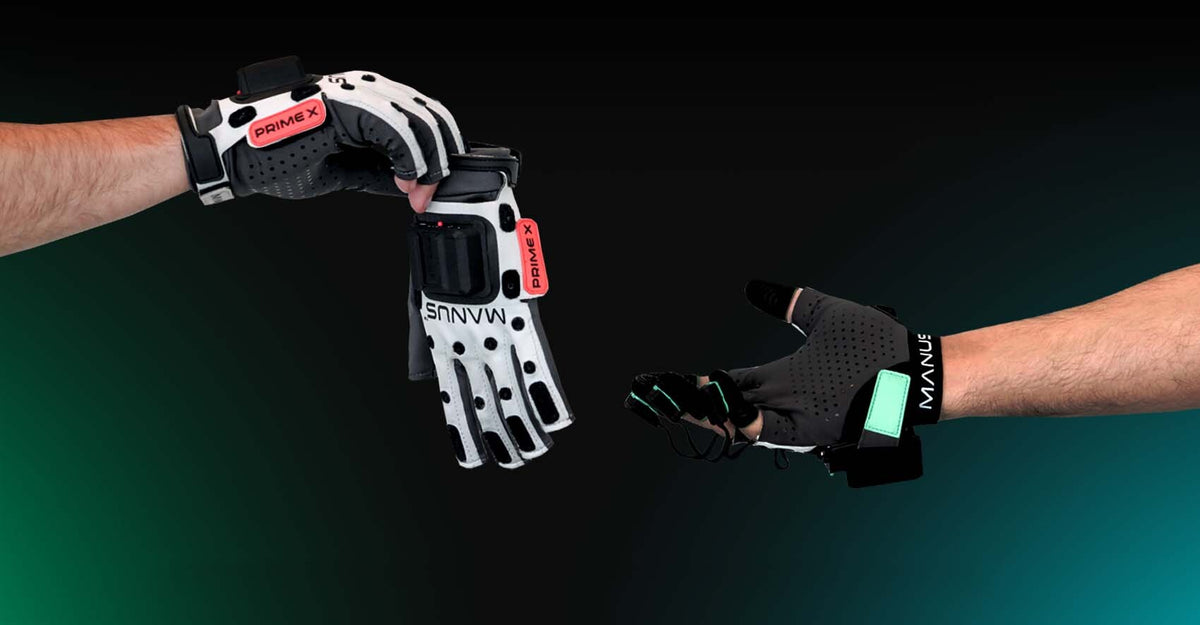The Manus Quantum Metagloves represent a significant advancement in the realm of virtual reality (VR) accessories, promising to redefine user interaction within immersive environments. With their intricate hardware architecture, these gloves not only facilitate an unprecedented level of fingertip tracking but also invoke a paradigm shift in human-computer interaction. This comprehensive examination will delve into the sophisticated components and the design philosophy underpinning the architecture of these gloves.
To appropriately contextualize the Quantum Metagloves, one must first understand the foundational elements that characterize their architecture. At the heart of these gloves lies a network of finely tuned sensors, each meticulously calibrated to capture precise movements of the fingers. The collection of these sensors includes inertial measurement units (IMUs), capacitive touch sensors, and flexible pressure sensors. Together, they synergize to create a highly responsive feedback loop, translating nuanced finger movements into digital data, which can be interpreted by a computer or VR system.
The IMUs serve as the cornerstone of motion tracking. Generally comprising accelerometers, gyroscopes, and magnetometers, these units collectively provide a comprehensive understanding of the glove’s orientation and movement in three-dimensional space. When adorned with algorithms capable of filtering noise from the data, IMUs yield accurate and fluid representations of a user’s gestures. This is particularly crucial in applications such as gaming and training simulations where accuracy is paramount.
Capacitive touch sensors, strategically positioned throughout the fingertip regions, augment this sensory repertoire. By detecting even the most delicate touches and gestures, these sensors enhance the gloves’ ability to interpret user intent with remarkable precision. The tactile feedback they provide creates a sense of realism, allowing users to experience digital interactions in a manner akin to real-world engagements. This sensory enhancement fosters a deeper immersion, which is vital for applications ranging from virtual reality gaming to remote surgical training.
Equally pivotal are the flexible pressure sensors integrated into the gloves. These components measure the force exerted by a user on various surfaces, translating exertion into digital data that can inform the virtual environment. This feature not only enhances the realism of virtual interactions but also introduces an element of physicality that encourages users to engage more actively with digital content. Such responsiveness is a key differentiator that sets the Quantum Metagloves apart from their predecessors in the VR accessory market.
The innovative hardware architecture of the Quantum Metagloves also emphasizes wireless communication capabilities. The gloves are equipped with low-latency Bluetooth technology, allowing for seamless connectivity with various devices, including PCs and gaming consoles. This wireless functionality eliminates the encumbrance of cables, enabling fluid movement and unencumbered interaction within the virtual space.
Power efficiency is another critical consideration in the design of these gloves. The hardware architecture incorporates advanced power management systems, allowing for prolonged use without frequent recharging. The use of low-power components, coupled with efficient power consumption algorithms, ensures that the gloves maintain a balance between performance and battery longevity—an essential attribute for end-users who might engage in extended immersive experiences.
Additionally, the ergonomic design of the Quantum Metagloves cannot be overlooked. The materials employed in their construction are lightweight yet durable, promoting comfort during prolonged usage. The design accommodates the natural contours of the hand, allowing for unrestricted motion while maintaining a snug fit. This ergonomics-centric approach is crucial, as it enhances user comfort and prevents fatigue during extended sessions, thereby improving the overall user experience.
One of the most captivating aspects of the Manus Quantum Metagloves is the integration of machine learning algorithms into the hardware architecture. These algorithms facilitate real-time data processing, continuously learning and adapting to individual user movements and preferences. This adaptability leads to increasingly intuitive interactions over time, further enriching the immersive experience. As a user interacts more with the system, the gloves’ predictive capabilities improve, offering a more personalized approach to VR engagement.
Furthermore, the modular nature of the Quantum Metagloves’ architecture opens avenues for future enhancements. As technology progresses, the design can incorporate additional sensors or processing capabilities without necessitating a complete overhaul. This flexibility not only increases the longevity of the product but also invites developers to innovate upon the existing framework, fostering a collaborative ecosystem around the technology.
The Manus Quantum Metagloves exemplify the quintessence of modern hardware architecture, melding advanced technologies to facilitate a new era of interaction in digital realms. By delving into the intricate layers comprising their structure, it becomes evident that these gloves are not merely accessories but rather instruments of transformation. As they usher in new methodologies for engaging with virtual environments, they invite curiosity and inspire a reimagining of possibilities within the domain of human-computer interaction.
In conclusion, the Quantum Metagloves’ sophisticated hardware architecture encapsulates a remarkable fusion of sensor technology, wireless communication, power efficiency, and machine learning, all woven together in an ergonomic design. As we stand on the threshold of this new reality, one can only ponder the profound implications these gloves may have—not just in entertainment but across various sectors, including education, medicine, and beyond. The journey into this augmented reality promises an odyssey of exploration that has only just begun.












